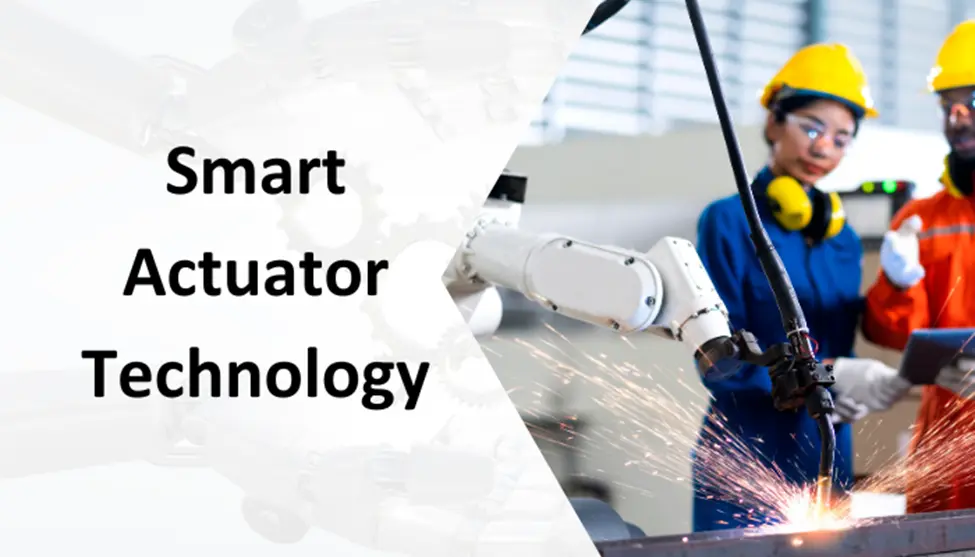Solving Real-World Challenges with Smart Actuator Technology

Smart Actuator Technology is not just a futuristic concept but a tangible and transformative force in the real world. This section of the article delves into some of the most impactful and real-life applications of this technology across various industries.
Automotive Industry
The automotive sector has been a trailblazer in adopting Smart Actuator Technology. Today's vehicles are equipped with a multitude of smart actuators that play a pivotal role in enhancing performance, safety, and environmental sustainability.
Engine Control
Smart actuators are used in engine management systems to precisely control critical components like throttle bodies and exhaust gas recirculation valves. This leads to optimal combustion, reduced emissions, and improved fuel efficiency.
Transmission Systems
In modern automatic transmissions, smart actuators enable smooth gear shifts and enhance driving comfort. These actuators adjust hydraulic pressure and clutch engagement in real-time, resulting in a seamless driving experience.
Suspension Systems
Smart Actuators in suspension systems adapt to changing road conditions, ensuring a smooth and comfortable ride. They can adjust damping rates and ride height, enhancing both comfort and stability.
Electric Power Steering
Electric power steering systems rely on smart actuators to provide precise and adaptive steering assistance. These actuators respond to driving conditions, speed, and steering input, ensuring a safe and comfortable driving experience.
Healthcare Sector
In healthcare, precision and safety are paramount. Smart Actuator Technology has found its way into a range of applications that are revolutionizing patient care and medical procedures.
Robotic Surgery
Robotic surgery systems use smart actuators to control robotic arms with unparalleled precision. Surgeons can perform complex procedures with minimal invasiveness, reducing patient recovery times and enhancing surgical outcomes.
Prosthetic Devices
Smart actuators are integral in advanced prosthetic devices. They allow for natural and intuitive movement control, significantly improving the quality of life for amputees.
Medical Imaging
Medical imaging devices, such as MRI and CT scanners, use smart actuators to precisely control the movement of imaging components. This results in high-quality diagnostic images and reduced examination times.
Aerospace & Defense
The aerospace and defense industry demands reliability, precision, and rapid responses. Smart Actuator Technology is instrumental in achieving these goals in a variety of applications.
Drone Technology
Drones rely on smart actuators for stabilization and control. These actuators make instantaneous adjustments to maintain stability and ensure accurate flight paths.
Missile Guidance Systems
In military applications, the guidance systems of missiles use smart actuators to control aerodynamic surfaces. This enables them to change course and adapt to unexpected threats, increasing their effectiveness.
Aircraft Control Surfaces
Smart actuators in aircraft control surfaces improve aerodynamic efficiency and responsiveness. This results in better fuel economy, enhanced safety, and improved flight performance.
Home Automation
The rise of the smart home is attributed to Smart Actuator Technology. These actuators are integrated into various home systems, providing convenience, energy efficiency, and security.
Smart Thermostats
Smart thermostats equipped with smart actuators adjust heating and cooling systems based on user preferences and real-time data, optimizing energy usage and comfort.
Automated Blinds & Curtains
Smart actuators in blinds and curtains enable remote control and automation, allowing homeowners to manage natural light, privacy, and temperature with ease.
Security Systems
Smart Actuator Technology is used in security systems to control locks, cameras, and alarms. This enhances the security of homes and provides peace of mind to homeowners.
In every one of these industries, Smart Actuator Technology's ability to provide precision, efficiency, and real-time adaptability has proven to be a game-changer. Whether it's making your daily commute more eco-friendly, improving the accuracy of surgeries, or safeguarding our skies, smart actuators have become an indispensable part of our lives.
The technology's potential is boundless, and as we look to the future, it will continue to evolve, intertwining with artificial intelligence, advancing miniaturization, and furthering energy efficiency. Its broader adoption and collaboration with humans will lead to new innovations, making our world smarter, safer, and more efficient.